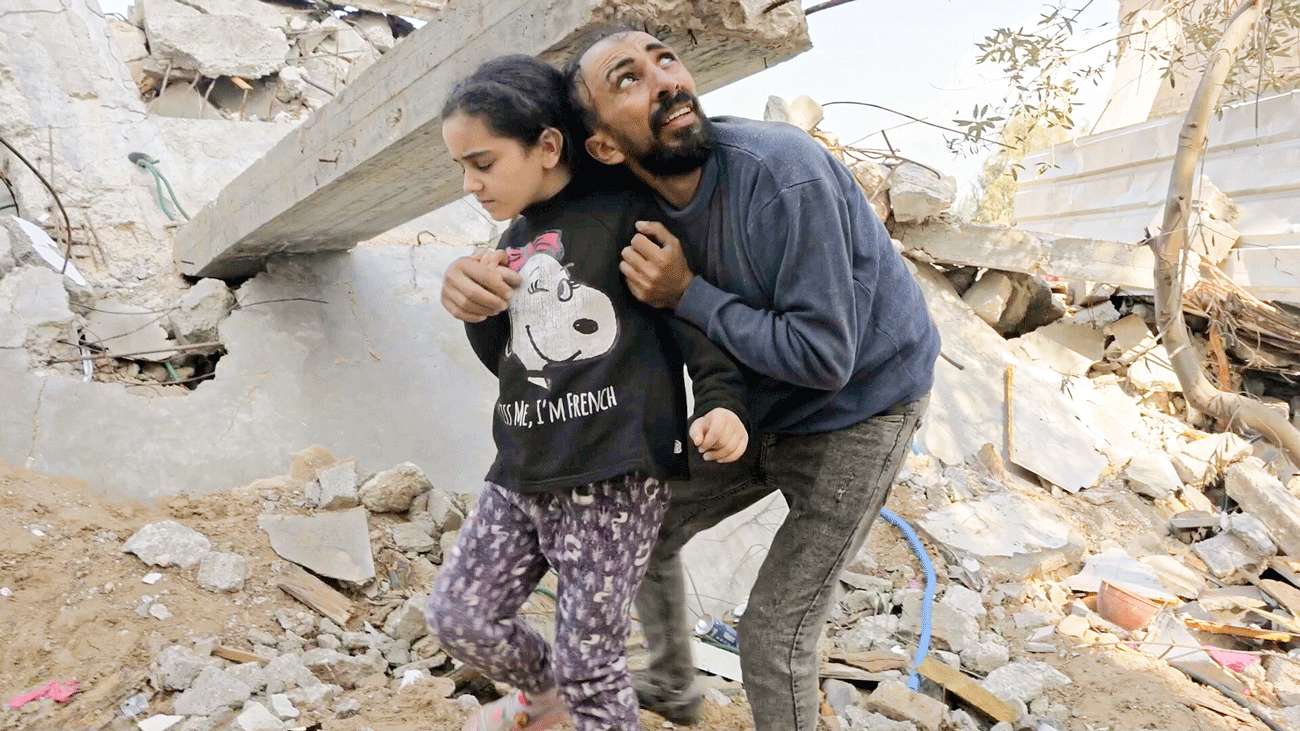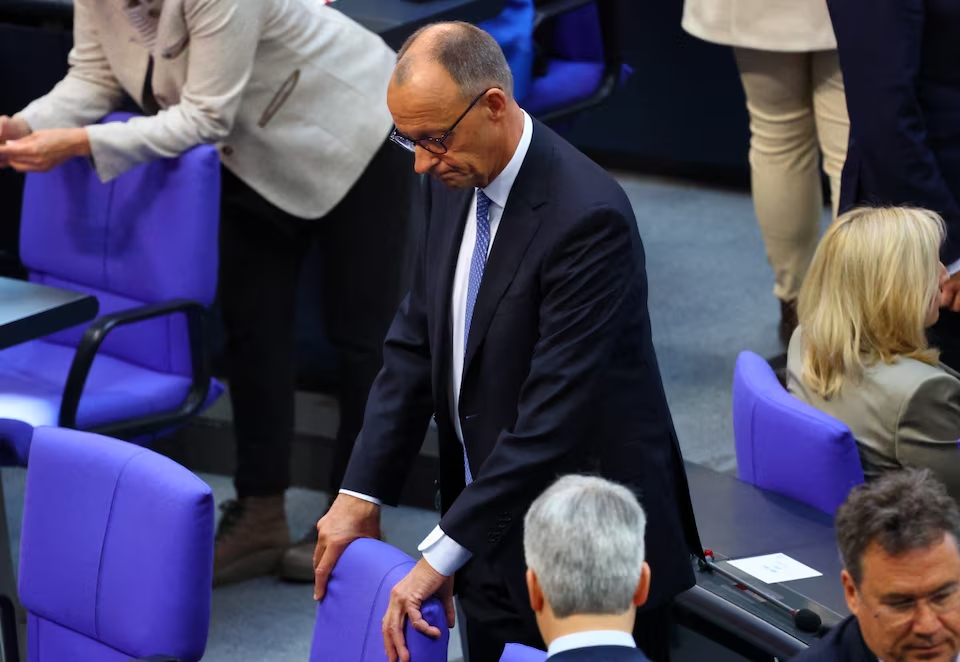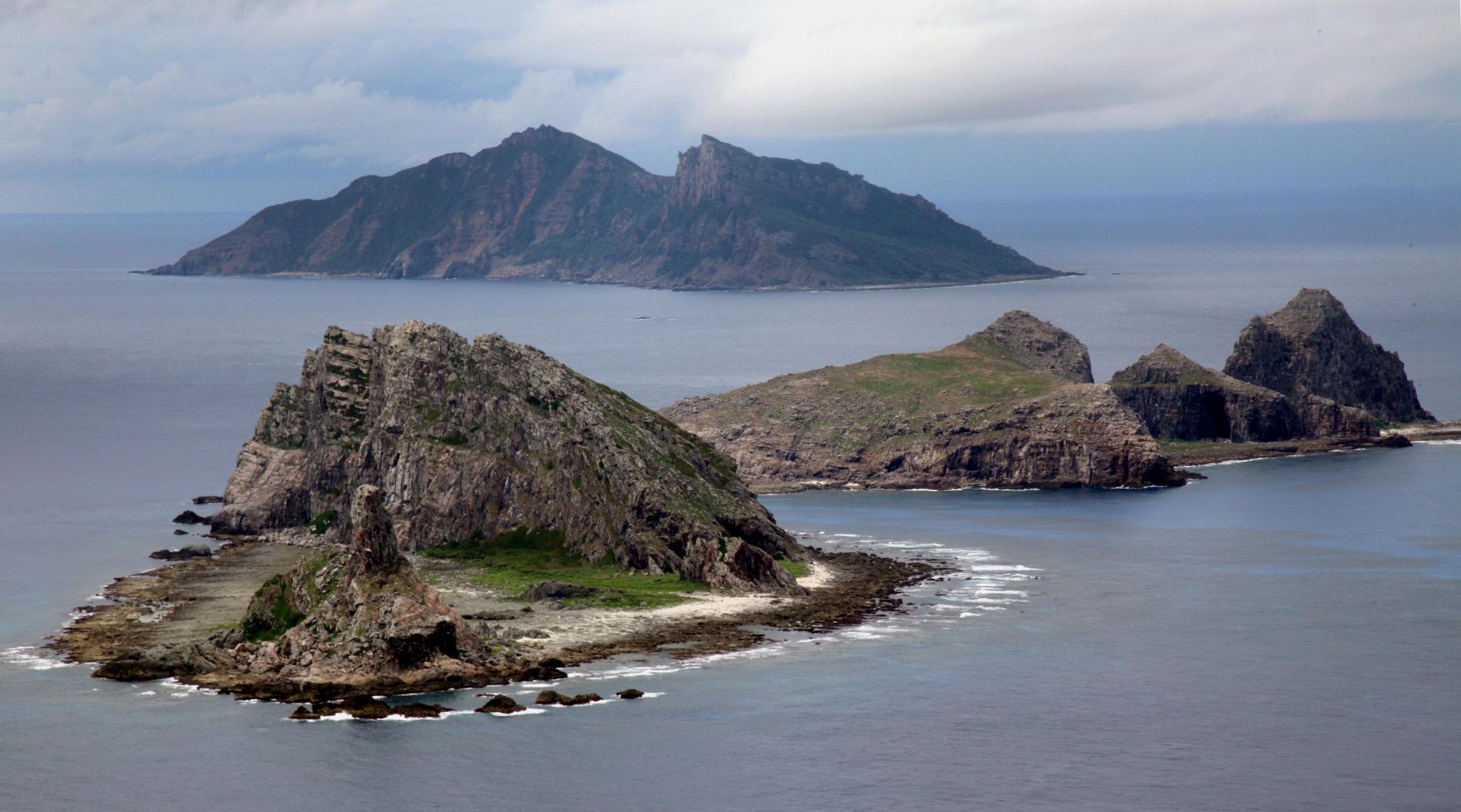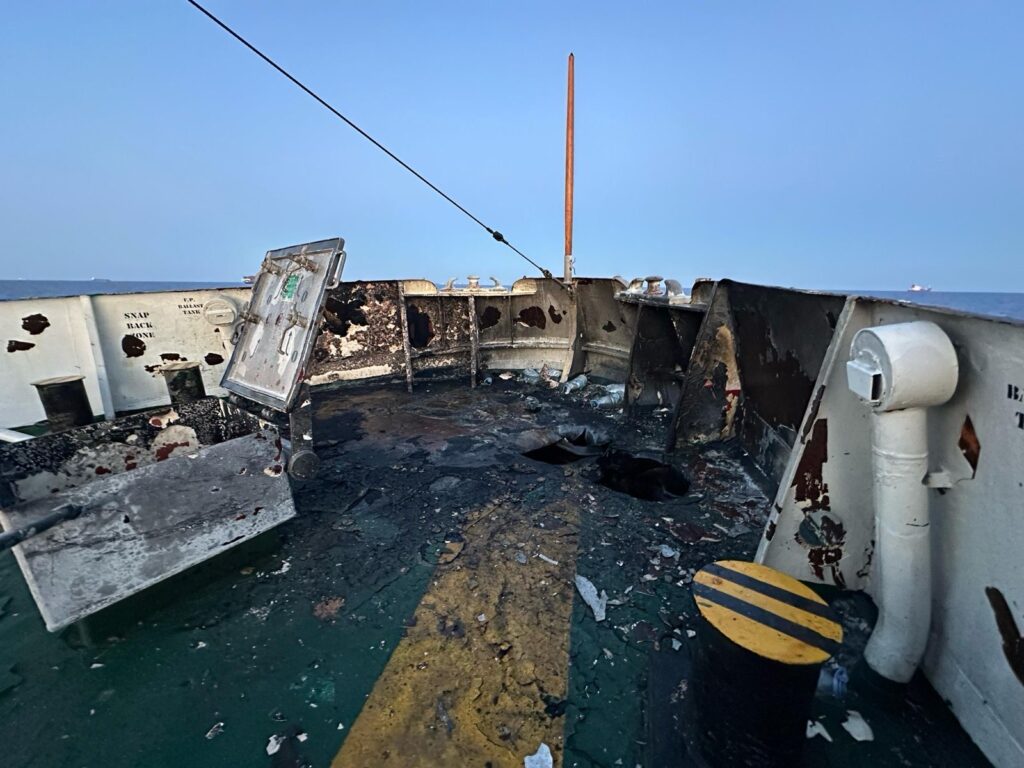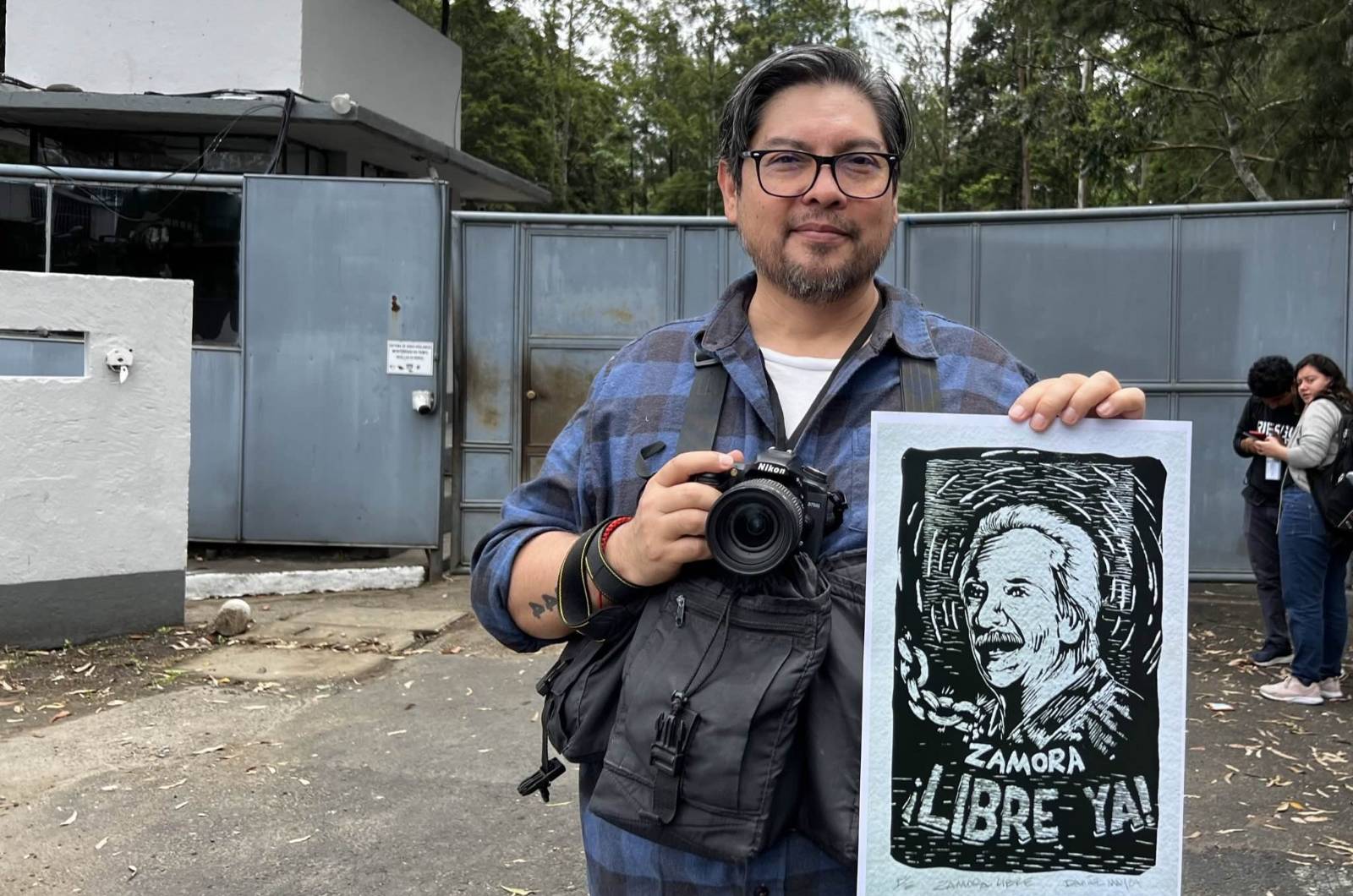Under the partisanship, wounds to be healed
- Much deeper than the controversy in the media is the elaboration that is carried out in schools to channel conflicts and improve coexistence. What you see in the classrooms shows the education experts that with a tour with the students, there are no ghosts to study any topic. It’s about abandoning strategies and political goals and learning from people’s experiences.

As Ruiz remembers: “Jon Mirena Landa, Director of Human Rights, joined us and we told him from the associations that it was advisable to draw up a Basque plan for peace, from below, woven from society and promoted by the Basque Government. That’s what the land was betting on.” Fourteen months of participatory process were the precedent of the plan: with the associations that worked, the School Council, the Ombudsman, the United Nations, the Council of Europe, schools, all institutions (Basque Government-Foral Deputies-Eudel-City Councils)... and between them they built the diagnosis and the lines of the plan. “When the plan came, it was very consensual,” says Ruiz.
“That’s where the controversy started”
The diagnosis began in 2006, the plan was approved in December 2007, and was implemented for the period 2008-2011. In the words of Ruiz, “this is where the controversy began. At that time the opposition parties had already made the present accents: among other things, that the issue of ETA violence was diluted...” These contributions were made by the PSE as part of the work process and were integrated into the plan. “But the opposition was publicly dismissed.” However, the Plan was approved in the Governing Council due to “critical support” from the opposition.
The plan was launched and within it the steps towards Peace, a didactic unit that gathers the testimonies of the victims, was developed. It was led by the Human Rights Directorate and the pedagogical part was worked out by technical staff from the Department of Education. The evaluation of the results was carried out by an independent external agent, headed by Maite Garaigordobil of the UPV/EHU, and these results were published in order to improve the teaching unit. After two years of pilot experience applied to all six schools, the material was ready to be rolled out to all schools. And they were preparing material for teachers to offer in the Develop in Renewal Days program (to train teachers). Jon Mirena Landa, then Director of the Human Rights Department, says that “when almost everything was done”, the change of government came and “instead of giving continuity they have sent all that work to waste and made a different approach”. According to Ruiz, “Since the creation of the new government,
it was known that the plan was being reformulated. But there has been no participatory process. When the first draft came to us the School Council, the associations, and some organizations took the floor to say that it was necessary to take into account the previous plan, that a participatory process is necessary... A period of 15 days was opened for making allegations, including Holy Week.” It was during this time that the entities made their contributions and requested that a broader process be opened. “Finally, in May, the deadline was extended and we made a more elaborate document at the Forum of Associations of Human Rights and Peace Education, which consists of 34 entities for peace.” Some institutional contributions were taken into account in the reformulation of the plan.
Ruiz explains how the reformulation was approved: “The government was clear that it wanted to approve it and negotiated with the PNV. EAJ managed to incorporate much of the previous plan into the reformulation. At the end of May, he was thrown out in a few days of peace ‘we have an agreement!’. That was on the eve of the formal communication. The PNV said on that day that it agreed with the general guidelines, but when the Government presented it to the Council, the PNV expressed its “critical support”, which is the same formula that the PSE adopted the Plan. It’s a political party game.” As Ruiz reports: “If Ojala were to put this force into action, into teacher training... because months and years of controversy pass and no progress is made.” He adds that the matter has been taken “irresponsibly”: “Such a profound, serious, and incredibly burdensome issue cannot be thought of as being resolved by an organization in such a simple way. That's how it happened. It was a disaster. The process was crazy.”
The result is: The new title
Although the name of the plan has changed, this is how Ruiz values it: “Under the media and partisan political garbage, what has really stopped is the previous one as such, plus three accents that the new government has added” (which we will analyze in the next section). “It is a courtesy of the above, in much of the reformulated document, the F5 key has been given in the place that put ‘education for peace and human rights’ (change the order) and the title ‘delegitimize democratic coexistence and violence’.” Although many of the previous actions have only changed their title, he says that the three accents are perceived, “they are not pure literature.” The Reformulation Introduction (pages 5-6) explains the change of focus behind the name change: “The assessment of the new government is that education for peace has been ‘dissolved’ in the general elaboration of education for human rights (...)Given the reality in which the Basque Country is living – which still has to endure the setbacks of terrorist violence and those that legitimize it – it is advisable to give full attention and priority to the intervention that must be carried out in the field of democratic coexistence and the delegitimization of violence.” As
Jon Mirena Landa points out, “What seemingly is a remodeling of the previous one, what it does is destroy the previous one. The former regulated everything related to human rights. This one has another heart, and therefore it is another being. But to do so requires consensus, it cannot be decided by the government alone. It’s not a competition for moral reason, it needs what we all accept.”
The three accents
What sets them apart from the previous plan are three accents or principles: “That the victims of violence are at the center of the plan, the demand for democratic institutions and the delegitimization of terrorism and other
illegal violence.” The reformulation explains what it means for victims of violence, pages 38-39: “(in the previous Plan) their uniqueness as victims of terrorism is not recognized and they are considered as ‘people who suffer or suffer violence’. This is confusing in terms of the distinctiveness of each form of violence. In view of this, therefore, the proposed revision should make it clear that terrorist violence will receive specific educational attention (with the corresponding spaces and forms), providing assistance to the victims created by it.” While the victims of ETA have gained accuracy, the plan does not even mention the rest of the political victims. In response to this reformulation of the plan, Baketike has requested in the document Two Contributions, “Assimilating a Multi-Party Approach to Human Rights Violations”: “Cultivating solidarity with victims should be multiple, free and developed independently of their political motives or positions.” We asked Ruiz about the second accent and
he believes that “Respect and defense of democratic institutions, etc., that is the message of the political parties because they understand that the environment of ETA is against democratic institutions. It has been included as an excuse in the peace education plan. Because if we cultivate the capacities to face conflicts, empathy, dismantling the image of the enemy, humanization, non-violence... With this elaboration, other spheres – democracy, participation, institutions – will be strengthened. And besides, being against a democratic institution doesn’t have to be violent.” Included in
the third accent, Baketiket states in the document Two Contributions that “accepting the illegality of violence can have its risks”: “The problem is deciding who determines what legitimizes violence or takes away its legitimacy. And here we find ourselves with risks and self-serving interests. The ambiguous use of the concept makes it possible to consider those proposals, speeches or initiatives that do not adhere to one’s own ideas as a factor in favor of the legitimacy of violence. Thus, starting from a positive premise, as it is to recognize the illegality of violence, we come across another form of use of the political use of terrorism that is interested in defending one’s own interests. Concepts such as peace, freedom, justice and so on are always at risk of this perversion.”
Written by the Department of the Interior, polished by agents
The Introduction to Rethinking places the renewed education plan in the Government’s project: “This government bases its fight against terrorism on three complementary areas: the persecution and detention of terrorists; the criticism and resistance to attitudes and behaviors that support and justify the violence of terrorism; and the promotion and generalization of democratic values.” In the section “Reasons for the preparation of this document” it is indicated that, on the one hand, it was necessary to carry out
a biennial evaluation and adaptation of the previous plan, but on the other hand, two events have led to the revision: one is Law 4/2008 on Recognition and Reparation of Victims of Terrorism, and the other is the modification of the Basque Government in 2009. Jon Mirena Landa is clear on what has been done from politics to education. He also notes this in his writing: “Different feathers are detected, there are hard feathers written by the Department of the Interior, and other feathers that are softer.” The draft of the rethinking was only a quarter of what was finally approved in length, and contained only the three accents. The result of the allegations made in the draft has been the almost complete addition of the previous plan, as explained above. It was also more crude in language: the draft was expressed in negative, while the one that has been accepted was affirmative and polished, although some negative definitions of society are maintained, for example, in Page 8: “a people who have lived too long with intolerance, hatred and violence.”
What has been done at school so far?
Joxe Mari Arakama is the coordinator of the Coexistence Seminar at Lasarte Renovation Day. He tells us that positive coexistence is cultivated in schools: “The philosophy of positive coexistence is to consider conflict as an opportunity to learn to live and coexist.” By law, each school must draw up its own Coexistence Plan, and a new body is created in each school: The Observatory. The Observatory. This makes a diagnosis of coexistence in the center, and after a thorough analysis of the situation, it elaborates its Coexistence Plan with the participation of all sectors. Usually, several social skills are addressed in the coexistence plan: conflict resolution, emotional intelligence, mediation, negotiation, learning to listen...
Ruiz values very positively the Coexistence Plans: “To want to cultivate a macro-conflict, when we often do not have the capacity to deal with our conflicts in class, at home, etc., is to want to fly. The Coexistence Plan is a very good foundation, because addressing the conflicts we face in our daily lives allows us to address conflicts in more complex dimensions and planes.” In
addition to the Coexistence Plan of each school, the didactic unit of Paces para la Paz mentioned above can be highlighted: It brings together a set of 120 actions, sequentially, from human rights to victims. It is a 12-hour teaching unit that receives the testimony of the victims of ETA and GAL in the last 2 hours.
Difficult but to work
As Ruiz says: “The issue of violence and victims needs to be addressed first from a more general perspective, but then focusing on concrete realities.” Yes, before the adults: “Bringing adults into the room with unresolved conflicts is already a sure failure before they start. How will a teacher dynamize the activity or class if he or she also has an unanswered, unclosed or unpaused topic on a personal level? The teacher doesn’t dare? How would he dare! This is not about making bolts, this is about cultivating an unresolved social theme that has no social consensus, and also with young people who are building their identity.” But
you see the area to work on: “If we share something in society, there are different realities of suffering that are still alive. In the field of pedagogy, this is where the connection between people takes place. It is impossible to build and agree on the story itself. But to make a shared memory, add your stories and mine, and accept the different experiences we have had and look from there, this will have to be done sometime in the Basque Country. And if we do not, we will be in another Spanish transition, ‘in the name of peace, amen; we have all made mistakes and let us not look at them’. But in the Basque Country we have the opportunity to look back and say ‘we have made a mistake in all this, these rights have been violated and the barbarities we have committed. It's the truth. And we promise not to repeat it. And now we’ll look ahead.” This can be done with students in the
classroom.” Ruiz denounces the social mechanisms at the other end of this exercise: “There is moral relativity here. The person who was killed was in green if he was doing well, and in blue if he was doing badly. This is a terrible moral and ethical aberration. And there is corporatism in Human Rights. That this idea of ‘All Human Rights for All People, and Situations in All’ is not a pillar of all things is very serious. If my rights are violated, I think it’s very serious, but when it comes to the other side, that’s where it’s solved... There’s a lot of dehumanization.”
Methodology to address the issue
Bakeola prepared didactic units to deal with the M11 attack with ESO students, linked to the exhibition held by the Basque Government in 12 schools. Ruiz says that this three-step pedagogical route could also be used to address the Basque conflict: “Empathizing, deconstructing the image of the enemy and humanizing situations is the emotional path that any didactic unit must follow.” These are the steps of this didactic unit:
Analysis of events. Broadening of the visual background, understanding. An attack leaves its victims, but why did it happen?
2.- Elaboration of attitudes. How do I face this reality? From a socio-affective perspective, working from emotions, experiences, empathy. This humanizes the situation. You bring the theme from being the image of the “other” to your reality. The feelings that he has instilled are channeled. In the case of M11, “The victims told in videos and photos how they lived that day and the following. We proposed to the students that they translate what they felt through the five senses. It was great. Many times we do not have the ability to express the emotion that this situation gives us. In the panels each one expressed it as they wanted; in words, in
drawings...”. 3.- Personal commitment. What can I do in my day-to-day to help prevent these situations from happening? It is about putting into practice what you have experienced and the conclusions that you have drawn.
How to take the victims to the room?
We asked Ruiz if he considers this concrete action to be pedagogically appropriate: “Out of context, doing education outside of the program can be disastrous. And vice versa: in a well-cultivated group of students, those who have suffered the most can make a valuable contribution if the victim has turned this pain into a constructive potential for peace.” He sees some conditions as necessary: “that the victim is grieved, has a basic pedagogical approach, has a sufficient human category at an ethical and moral level, is excluded from partisanship, and has communicative skills”. The risk is in these conditions: “If this is going to be the front-line media victim taking to such a room and taking a photo... This has a great political symbolic value in the media. It has no educational value.” What's going to happen? There are two possible options: “We are aware that the victims’ management and the technicians of the Department of Education are betting that this work is done with second or third line victims (not known in the media). But the rivalry between the parties implies that it is possible for first-line victims to appear in the media at school. And this cannot be allowed. The partisan use of violence hurts a lot and so does the school.” We asked him what
could happen to the students of the class, many of whom live at home the consequences of the violence on the other side: “The plan recognizes the autonomy of the school to decide whether or not to carry out this action. But I don’t believe that a well-cultivated team doesn’t welcome a person who has suffered with respect and warmth. Whatever the source of that suffering. No dehumanization of this magnitude is possible. Whether one shot the other in the head or the other tortured the one. I do not believe that a situation of blockade or confrontation will occur if the two people have known each other. The character of a person does not lead us to this. I don’t believe that with a careful elaboration in the rooms, we won’t get to respect and join the pain.”
Education professionals do not know how it will be applied
“Inaccuracy” is one of the key words used by education experts to define the plan. With the development still lacking, determine how these intentions will lead everyone to the room. In the words of Ruiz: “Methodologically we still don’t know how the plan is planned and everything is how it is done. Plans often do no good if they do not develop supports (didactic units and others), and if the way of doing it does not maintain coherence.” The work of Joxe Mari Arakama is to extend programs related to coexistence to schools through teacher training, and she says: “I want to think that in September the concrete proposal will arrive to the Renovation Days. We don’t have it yet.” Jon Mirena Landa finds it difficult to get up and running in the classrooms next year: “It takes hundreds of people to do this systematically. And the pilot project is difficult to carry out, because it takes a year to prepare. We need to demand seriousness.”
Knowing how the Basque Education Plan for Peace and Human Rights (2008/2011) was born gives many clues to understand the scope of the Plan for Democratic Coexistence and the Delegitimization of Violence (2010/2011), which has been presented as a reformulation. Gorka Ruiz, coordinator of Bakeola, tells us about the process. Bakeola is a member of the EDE (Group Conflict Mediation Center) Foundation and works on peace education in contact with educators, schools and administrations. In his own words, it was in 1998 that the institutions of the administration brought together for the first time the associations around peace to do something in education. They made a document, Educate for peace in the Basque Country (...). The Presidency coordinated this document, but a lot of associations and social movements took part. From there, in 2002 they carried out diagnostics on regulated education in schools and associations to measure the situation of human rights, coexistence, etc. In these two documents it appears that it would be interesting to develop a plan for peace in the Basque Country.
As Ruiz remembers: “Jon Mirena Landa, Director of Human Rights, joined us and we told him from the associations that it was advisable to draw up a Basque plan for peace, from below, woven from society and promoted by the Basque Government. That’s what the land was betting on.” Fourteen months of participatory process were the precedent of the plan: with the associations that worked, the School Council, the Ombudsman, the United Nations, the Council of Europe, schools, all institutions (Basque Government-Foral Deputies-Eudel-City Councils)... and between them they built the diagnosis and the lines of the plan. “When the plan came, it was very consensual,” says Ruiz.
Biktimak gelan: Eskola bakoitzak zer gutxieneko bete beharko ditu eta zer aukeratu?
Pairatutako sufrimenduaren kontaketa baliabide pedagogiko baliotsua da, Euskadiko Eskola Kontseiluak esan zuen bezala. Nola egin erabakitzeko, zuzenean edo bitartekoekin, ikastetxeei autonomia handia aitortzen zaie. Horrek dakar berarekin ikastetxeek erantzukizun handia dutela zentro eta ikasle guztientzat jarritako helburu hauek lortzeko.
Plana egitetik gelan aplikatzera: zer puntutan dago prozesua?
Plana jada aplikatzen hasia dago: curriculuma erreformatu egin da; udan hasi dira lehen formazio ekintzak, ikasturtean zehar jarraituko dutenak; lanean ari gara aurreko planean aipatzen ziren material didaktikoak birformulatzeko; baita elkarbizitzarako behatokia hobetzeko ere; eta iritsi gara bukatzera ikastetxeetako elkarbizitza planak orientatzeko balioko duen informea. Informe hau ibilbide luzeena duten ikastetxeen arteko lanketa zehatz baten ondorio da... finean, martxan gara.
Nola zabalduko duzue Plana irakasleetara?
Hezkuntzako profesionalek bereiz ditzakete argi zein diren plan hau egikaritzean lortu beharreko helburuak. Horretarako, komunikazio zuzen eta jarraia ahalbidetzen duten espazioak ugaritzen ari gara, ahaztu gabe hezkuntza egiturak dituen bideak (Berritzeguneak, ikuskaritza...), eta ohiko informazio espazioak. Bide batez, plana ezagutu nahi duen edonork egin dezake kontsulta eta bere iritzia eman www.irekia.euskadi.net gunean, herritarren parte-hartzea bultzatzeko Eusko Jaurlaritzak irekitakoan.
Dokumentuak:
- Lehen zirriborroa: Bizikidetasun Demokratikoa eta Indarkeria Deslegitimatzea (2010-2011) (PDF)
- Baketik elkartearen Bi ekarpen artikulua
- Bakearen eta Giza Eskubideen aldeko Hezkuntzako Euskal Plana (2008-2011) (PDF)
- Bakerako urratsak unitate didaktikoa (www.gizagela.net)
- Evaluación del programa "Bakerako urratsak". Maite Garaigordobil (PDF)
- Elkarbizitza planak egiteko gida (www.elkarrekin.org)
- Bizikidetza eta Bakerako hezkuntza Euskal Autonomia Elkargoko ikastetxeetan (Eusko Jaurlaritza)
- Nazio Batuen Erakundea: Biktimen Eskubideari buruzko Oinarrizko Printzipioak (PDF)
Erakundeak:
- Bakeola
- GEUZ
- Baketik
- Argituz
- Giza Eskubide eta Bake Hezkuntzaren Elkarteen Foroa
- Eusko Jaurlaritzako Hezkuntza Saila
- Eusko Jaurlaritzako Giza Eskubideen Saila
A few weeks ago, the President of the European Union, Ursula von der Leyen, reported on the need for military spending of eight hundred billion euros. This expenditure is said to be in response to a military threat to which Europe is exposed, and it has been confirmed that there... [+]
Salvador Puig Antich frankismoaren kontrako militantea izan zen. Askapen Mugimendu Iberikoko kidea, 1973ko irailaren 25ean atxilotu zuten. Gerra-kontseilua egin zioten, eta garrotez exekutatu zuten handik sei hilabetera, 1974ko martxoaren 2an. Aurtengo otsailean baliogabetu du... [+]
Professor Jeffrey Sachs of Columbia University is interviewed by Yanis Varoufakis on the DiEM25 movement’s YouTube channel. This explains that in international politics the United States of America plays poker, Russia plays chess and the Chinese play Go. The latter was... [+]
In 2025, at least one journalist was murdered in Guatemala and another disappeared. It is dangerous to do journalistic work in this country, and so has Reporters Without Borders, in the World Press Freedom Classification 2025, published on May 2. Guatemala ranks 138th out of 180... [+]









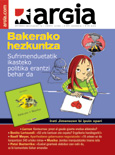

.jpg)



